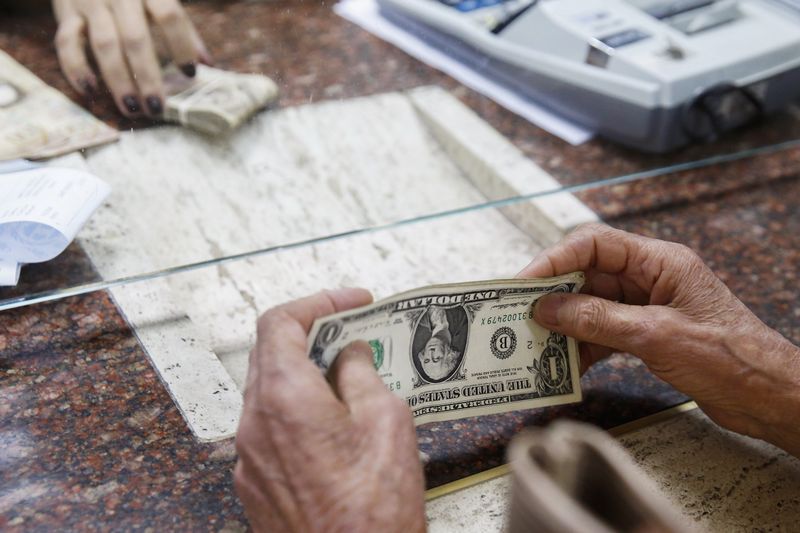Investing.com – The U.S. dollar rose against its rivals as tentative demand for risk sentiment returned, easing investor appetite for safe-haven currencies, despite heightened trade war fears and bearish U.S. economic data.
The U.S. dollar index, which measures the greenback’s strength against a trade-weighted basket of six major currencies, rose by 0.29% to 94.22.
A pair of reports showing consumer confidence and housing data undershot economists' forecasts failed to stifle the greenback as it clawed back some of its recent losses against safe-haven currencies.
The Conference Board’s consumer confidence gauge fell to 126.4 in June, while May's reading was revised higher to a reading of 128.8. Economists had expected a reading of 127.6.
The S&P/Case-Shiller 20-city index home price index rose a seasonally adjusted 0.8% in April, and 6.6% for the year, missing economists' forecast for a 6.9% rise.
Safe-haven currencies like the yen and Swiss franc pared some of their recent gains against the dollar as investors continued to pile into U.S. assets, betting the U.S. economy would fare better in an all-out trade war.
USD/JPY rose 0.15% to Y109.94, while USD/CHF tacked on 0.28% to 0.9878.
Investors have added about $40 billion to U.S. equity funds and another $8 billion to U.S bond funds since April to shelter capital from trade war risks, said the Institute of International Finance.
U.S. assets are seen as more secure investments in a trade war as the U.S. economy is less dependent on exports than some of its peers.
EUR/USD, meanwhile, fell 0.30% to $1.1670, while GBP/USD fell 0.30% to $1.3239.
USD/CAD rose 0.08% to C$1.3308 as a rally in oil prices supported the loonie, limiting gains in the currency pair, following reports the United States said countries must stop their purchases of Iranian crude by the start of November or face U.S. sanctions.
